Snowshoes and the Canadian First Nations are indelibly linked. From their earliest form, snowshoes developed into an object of prime necessity for comfortably walking on snow. They enabled the wearer to hunt in winter without any sliding or sinking – sometimes over long distances. Also, snowshoes helped the wearer explore and discover the surrounding territory. But, above all, they simply helped the individual stay alive.
From its primitive beginnings in Central Asia, the early form of snowshoes was brought to North America over a strip of land now covered by the Bering Strait. Undeniably, they became an indispensable item of footwear for tackling the harsh Canadian winter.
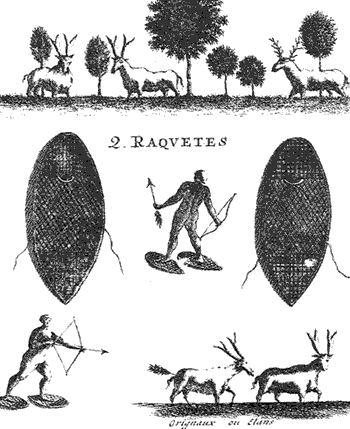
The Bearpaw, Beavertail (Huron), and Ojibwa are classic examples of the snowshoe varieties crafted by the Indigenous peoples of Canada. Photo: Wikimedia Commons
Snowshoe Styles Abound
It’s a fact that the Indigenous peoples of Canada, comprised of the First Nations, Inuit, and Métis, perfected the traditional snowshoe worn today. Many tribes settled in the forested temperate zones where snowshoes were an absolute necessity to move safely around in winter.
The Athapascan tribe of the Canadian west coast and the Algonquin tribe of the St. Lawrence River valley relied most on snowshoes and brought them to their most significant peak of perfection. Moreover, many tribes of the Canadian First Nations often named the designs by reference to native animals and introduced hundreds of variant patterns of snowshoes suitable for all possible conditions and terrain.
The rounded snowshoes of the Cree tribe, Naskapi tribe, and Montagnais tribe of Labrador and Quebec represent one extreme of snowshoe design. Made to be both strong and lightweight – their shape provides a large surface area for flotation in the light powdery snow of the far north. Furthermore, their short length, being wider than long, makes them ideal for climbing and descending hilly terrain and moving about over rough ground.
Read More: Traditional Wooden Snowshoes: Shapes, Designs, and Names
Bearpaw
The Bearpaw is a classic example of a tail-less rounded snowshoe. The frame formed a large wide shape similar to paw prints of forest-dwelling bears. Also, their oval shape made them ideal for walking on firmer snow through thick woodland and mountainous terrain. In soft snow, however, this model lacked speed.
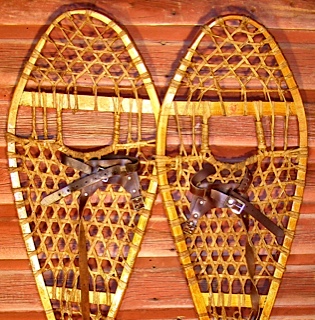
The slightly upturned nose of the Huron snowshoe helps avoid digging into snowbanks. Also, the tail (not pictured) allows for straight tracking in the snow. Photo: Wikimedia Commons
Beavertail
The beavertail snowshoe is similar to the commonly known Huron snowshoe. It is the most aesthetic and highly finished of the round snowshoe styles with its tightly bent, squarish, or rounded tail. The Algonquin tribe favored this style with its teardrop shape, upturned nose, and narrow tail. Making a good pair of beavertails requires the essential skills of a master craftsman. So, their owners usually held these snowshoes in high esteem.
Its versatility made it ideal for use on flat trails, rolling terrain, or open forest. However, the tail proved clumsy in thick woods but helped track and propel the foot forward.
Many individuals often used beavertails for traditional big game hunting, where the hunter dresses to respect the animal spirit. Thus, they hold ceremonial significance, along with the drum and the ‘nimaban’ – a braided and decorated moose or caribou skin hunting charm.
Read More: Make Your Own Snowshoes from Scratch
Ojibwa
Designed to suit deep snow and wide-open spaces, the Ojibwa snowshoe was instantly recognized for its classic pointed tip and upturned toe as well. This snowshoe can span up to 5 feet and, because of its surface area, is excellent for carrying heavy loads across flat land.
Read More: Connecting to Lineage: Crossing Paths on My Ojibwa Snowshoes
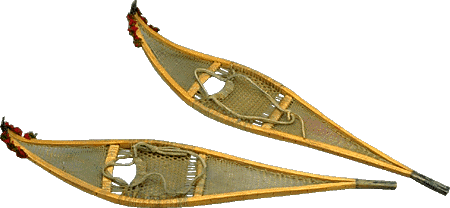
Pictured is a pair of wooden Ojibwa snowshoes, often worn for winter travel in deep snow. Photo: Wikimedia Commons
Crafted to Perfection
Many tribes of the Canadian First Nations made snowshoes out of tough wood, typically ash. The wood was steamed or soaked to make it pliable, then bent into shape. Then, the artisan laced the frame with rawhide – mostly strips of denuded moose, deer, or caribou skin – with the lacing often beautifully intricate. The snowshoe designs perfected by the Algonquins and other woodland tribes remained in use throughout most of the twentieth century. While some people made snowshoes for barter or trade, others were a home industry.
The small village of Loretteville, a prosperous community a short distance north of Quebec City, is an excellent example of how the Canadian First Nations established a firm lead in snowshoe manufacturing. Faber & Co was founded by “Noé Sioui and Celide Gros-Louis, granddaughter of the most famous Huron Grand Chief, Nicolas Vincent, who fought for the rights of the Wendate Nation,” according to their company history. Moreover, Faber & Co first produced snowshoes in 1883, and manufacturing continues today.
Thus, we cannot overemphasize the significance of the snowshoe within the traditional hunting culture of the Canadian First Nations. Without them, life in the snow-covered north would be impossible. Countless photographs of individuals posing with snowshoes are evidence of the people’s high regard for this implement. Snowshoes were looked on as not just an object of footwear. But, they were an expression of artistry and craftmanship passed down through generations.
For more information on Canada’s First Nations, visit Canada’s First Peoples.
This article was first published on June 17, 2012, and was most recently updated on September 13, 2022.
Read Next: A Few U.S. Artisans Keep Traditional Snowshoes a Tradition

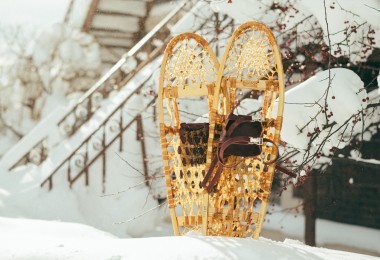
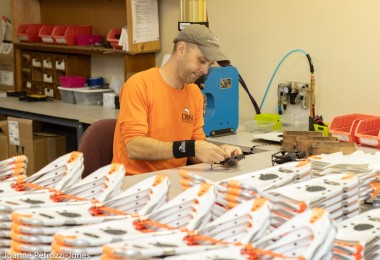
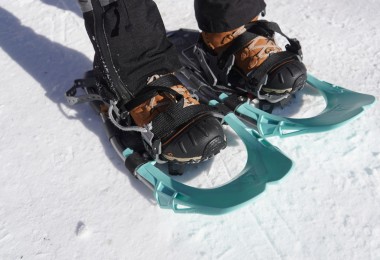
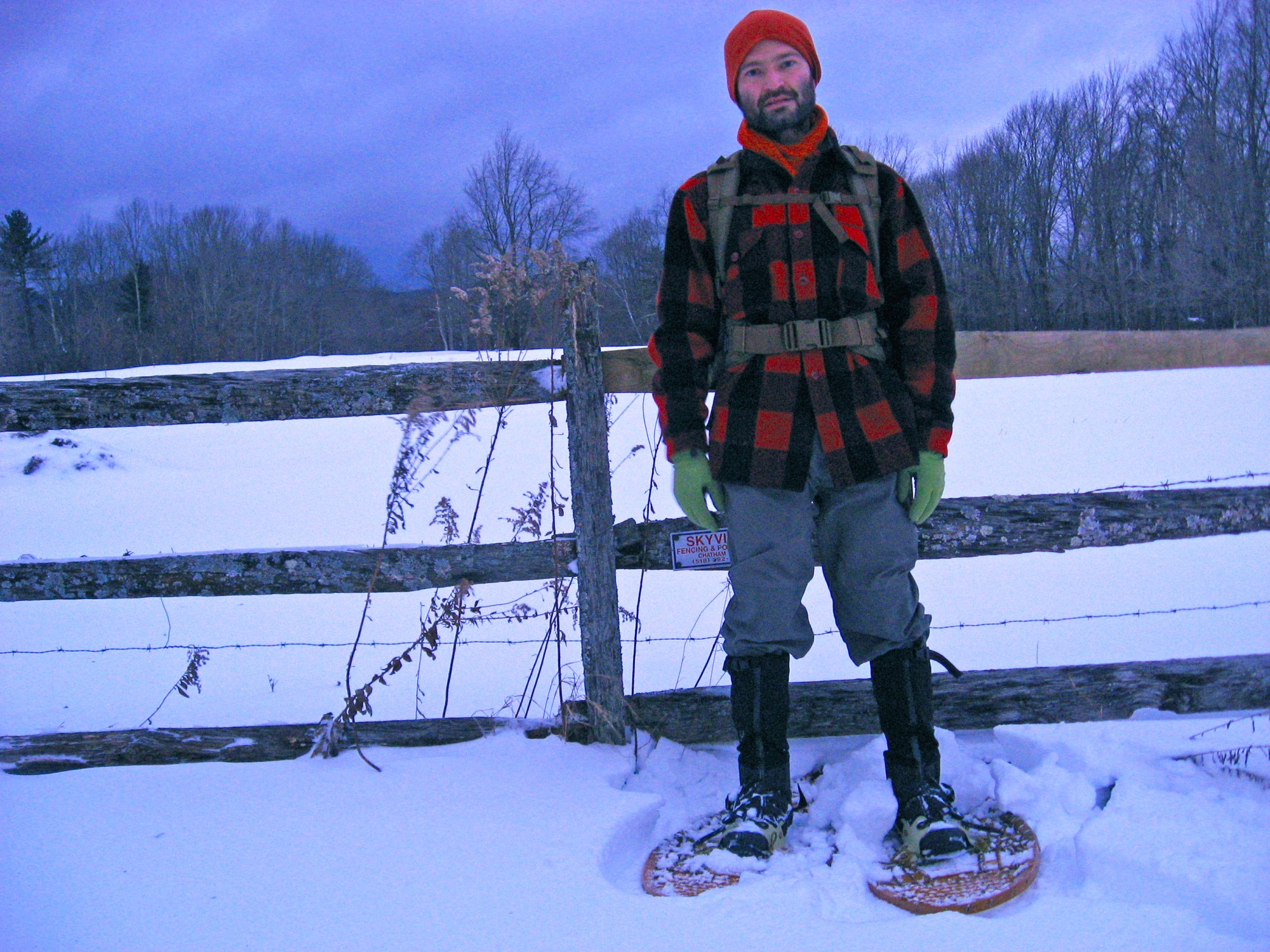

I enjoyed your article.
not enough info!